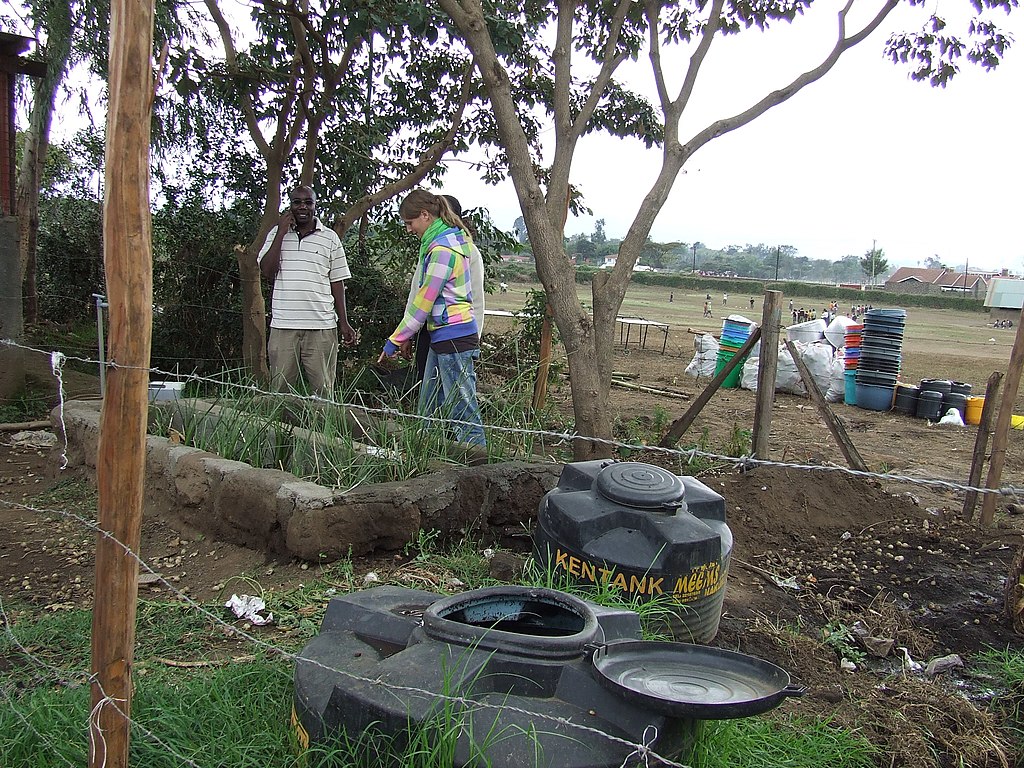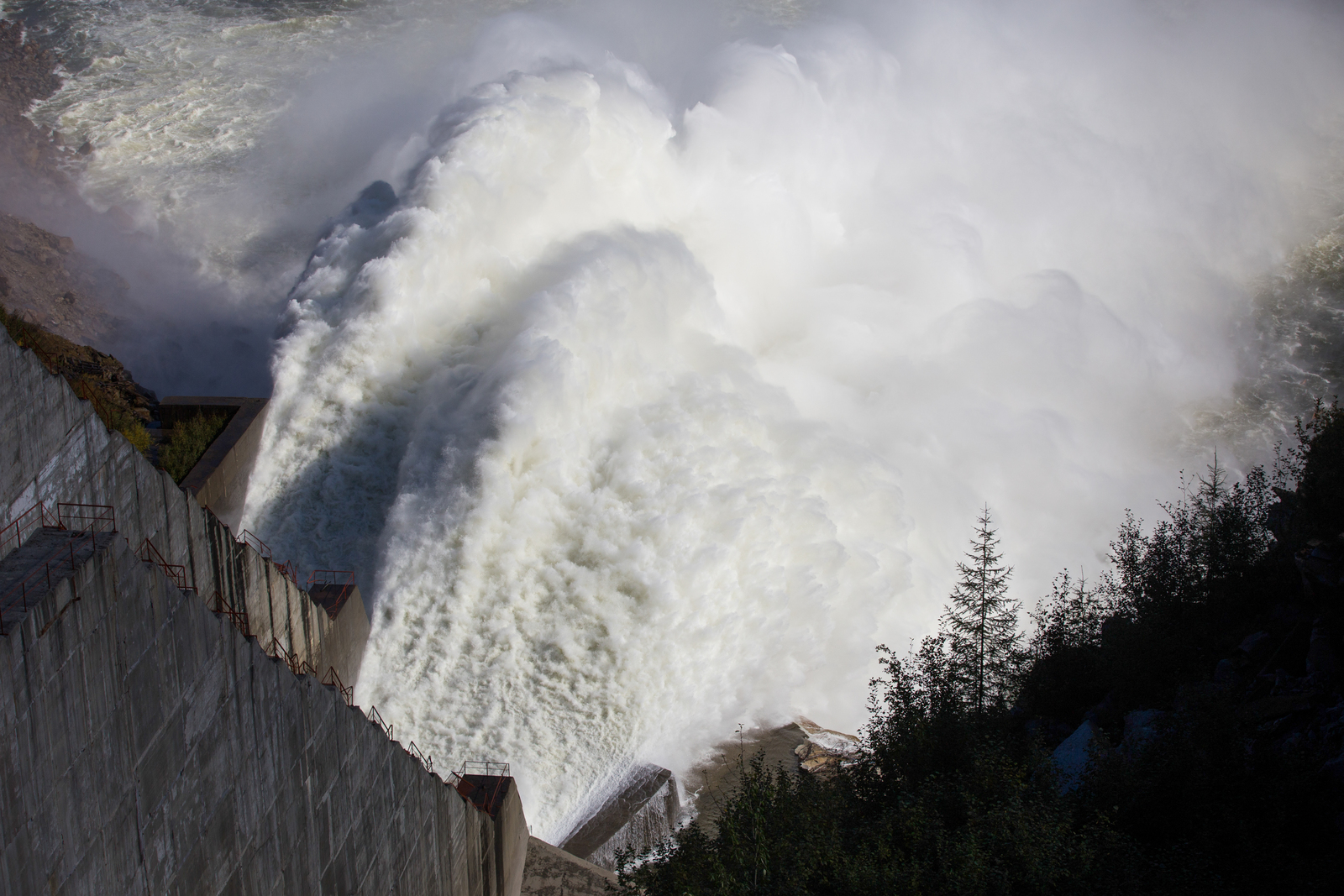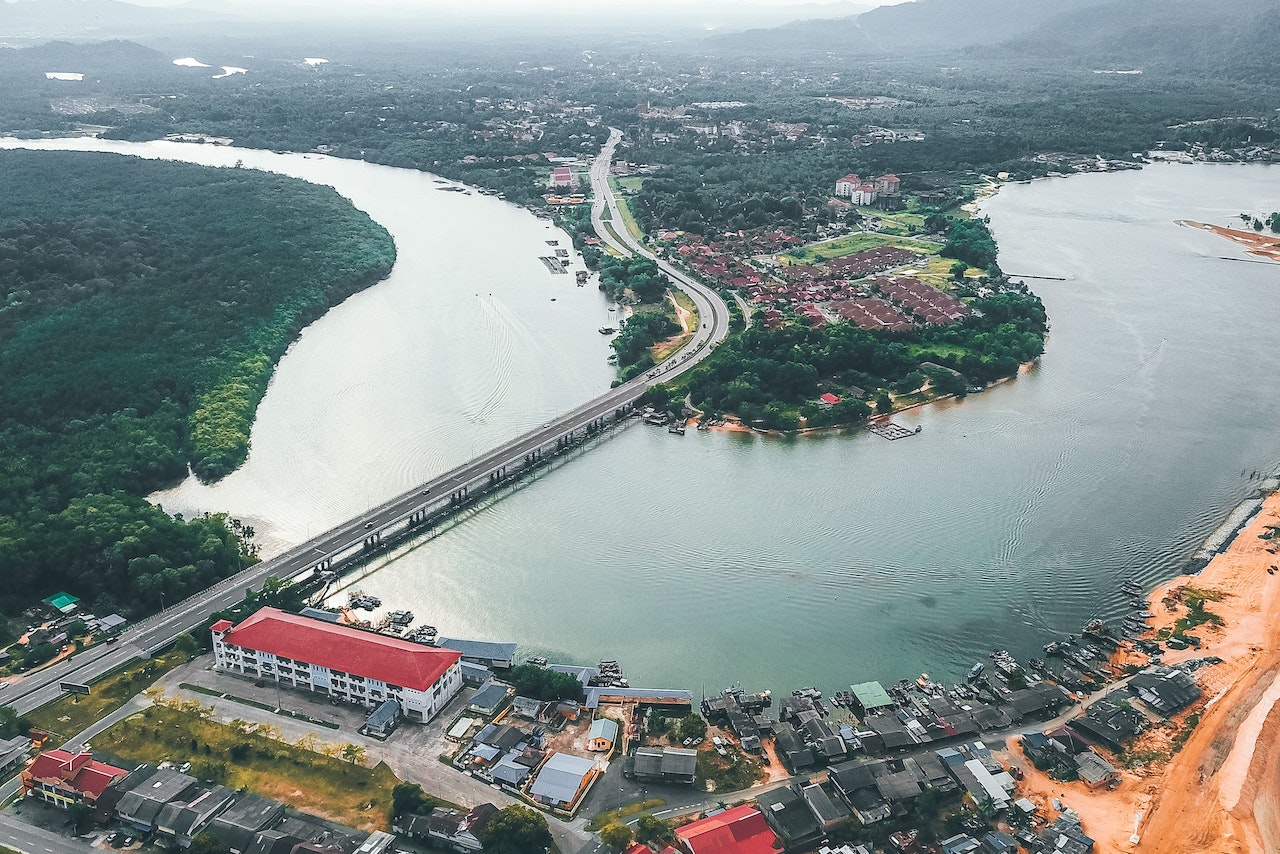Introduction
Water is a precious commodity that we must conserve for future generations. Reusing water is one of the most effective ways to save this valuable resource.
Greywater and water reclamation are two methods that are widely used to reuse water, but they have different characteristics. Greywater is wastewater from sources such as washing machines, showers, and sinks that can be reused for non-potable purposes such as irrigation and toilet flushing.
It contains fewer contaminants than blackwater (toilet wastewater) but still requires treatment before reuse. Greywater can also vary in composition depending on the source, with kitchen wastewater containing more organic matter than bathroom wastewater.
Water Reclamation
Water reclamation involves treating wastewater from various sources to produce high-quality reclaimed water that can be used for multiple purposes including irrigation, industrial use, and even potable drinking water in some cases. The process of water reclamation involves several steps including physical, chemical, and biological treatment processes to remove contaminants from the wastewater before it is reused.
While greywater and reclaimed water share the common goal of conserving water resources by reuse, they differ in several factors including source of water, treatment process involved and quality of water produced. Understanding these differences will help in choosing the appropriate method for specific applications while promoting sustainable development practices to secure our future.
Greywater
is defined as any wastewater that arises from sources like sinks, showers, and washing machines. This type of wastewater is not suitable for direct consumption but can be reused for non-potable purposes.
is an important component of sustainability efforts in areas where water conservation is a priority. The reuse of greywater can significantly reduce the demand for freshwater, thereby conserving scarce resources.
has different characteristics than fresh water or reclaimed water. It typically contains lower levels of organic matter and pathogens than blackwater (toilet waste), but it still contains a range of contaminants that must be treated before reuse.
Typical Treatment
treatment typically involves filtration, chemical treatment and disinfection to ensure the removal of bacteria, viruses, and other contaminants. Once treated, greywater can be used for irrigation, toilet flushing, laundry machines or other non-potable purposes that do not require drinking water quality.
In addition to reducing the demand for freshwater resources, the reuse of greywater can also reduce the amount of wastewater that enters municipal sewer systems or onsite septic systems. Overall, greywater offers an important opportunity to conserve water resources in both residential and commercial settings in arid regions where freshwater scarcity is a significant concern.
However, it’s essential that proper treatment processes are implemented to ensure the safety and quality of any reused water source. Additionally, it is crucial to understand how greywater differs from reclaimed water so that each approach can be utilized most effectively depending on specific circumstances.
Water Reclamation
is the process of treating wastewater to produce reclaimed water that can be used for non-potable purposes. There are different water reclamation methods available, with some systems capable of producing high-quality water that is safe for potable use, while others produce lower quality reclaimed water intended for irrigation and other non-potable applications.
Water treatment processes in a typical water reclamation system may involve physical, chemical, and biological treatment methods. These processes aim to remove impurities and contaminants from wastewater by breaking down organic matter and removing bacteria and other pathogens.
The quality of the reclaimed water produced by these treatment systems varies depending on the level of treatment employed. Some advanced treatment technologies that are used in some systems include reverse osmosis (RO), nanofiltration (NF), and ultrafiltration (UF) as well as disinfection through chemical or ultraviolet light.
Reclaimed water quality is another important factor in considering the suitability of this source for different applications. Generally, reclaimed water may contain trace amounts of nutrients, salts, heavy metals or pharmaceuticals which could pose a risk to human health if they exceed certain limits.
Therefore, it’s essential to monitor the quality and usage guidelines regarding its application. Water reuse has been advocated as a viable solution towards sustainable urban development with governments providing policy support in this regard given increasing demand for potable waters for various needs such as agriculture agriculture, landscaping and industry.
Differentiation Factors
Although greywater and reclaimed water are both alternative water sources, they differ in several aspects.
These differences encompass the source of the water, treatment processes involved, quality and usage of the water, and their environmental impact. In this section, we will delve into each of these factors to establish how greywater differs from water reclamation.
Source of Water
The primary differentiation factor between greywater and reclaimed water is their source.
Greywater comes from household activities such as showering, laundry, and dishwashing. This type of wastewater contains fewer contaminants than blackwater but still has some pollutants such as organic matter, soap residue, and food particles.
On the other hand, reclaimed water comes from municipal wastewater treatment plants where it undergoes advanced treatment processes before being put back into circulation for non-potable use. Treatment Process
Greywater treatment involves basic filtration methods such as sedimentation and biofiltration. Greywater can be treated either onsite or offsite using various techniques like sand filters or constructed wetlands.
Onsite systems are generally simple to operate compared to offsite systems that require more energy input for transportation to a centralized facility where advanced processing takes place. Reclaimed water undergoes multiple levels of treatment at a centralized sewage plant before reuse.
These include physical barriers like screens or filters that remove large solids followed by biological treatments that break down organic compounds using bacteria or other microorganisms. Greywater sources are domestic while reclaimed water comes from municipal wastewater facilities; hence they differ in quality due to different contaminant levels present in each type of wastewater stream.
Greywater treatment involves basic filtration methods such as sedimentation while reclaimed waters require multiple stages involving physical barriers plus biological treatments that break down organic compounds using bacteria or other microorganisms before reuse for non-potable purposes only. Additionally, due to its domestic nature greywater may have less environmental impact compared to reclaimed waters since it has few pollutants present in it.
Source of Water
Greywater is sourced from non-toilet wastewater, including water from laundry machines, bathroom sinks, and showers or bathing. Greywater can also be collected from dishwashers and kitchen sinks.
These sources are considered to have relatively low levels of pollutants compared to black water (toilet wastewater) or stormwater runoff. The concentration of contaminants in greywater is largely dependent on the source of the water, as well as how it was used.
On the other hand, reclaimed water is sourced from a variety of sources such as municipal wastewater treatment plants, industrial effluent discharges, and urban stormwater runoff. Reclaimed water is treated to a higher degree than greywater to remove any pollutants present in the source water that can negatively affect human health or cause environmental damage.
Water reclamation methods vary depending on the source and quality of the original wastewater but may include chemical treatments like coagulation, filtration processes like microfiltration and reverse osmosis or biological processes like activated sludge treatment. The differences between these two sources are critical because they determine what kind of treatment processes will be necessary before reuse.
Since greywater comes primarily from domestic sources with fewer contaminants than reclaimed water sources like industrial effluent discharges or polluted river waters that require more extensive treatment processes with additional chemicals. This difference translates into lower cost and less energy consumption for treating greywater compared to reclaimed water.
Treatment Process
The treatment process for greywater and reclaimed water differs significantly as the sources of the water are different. Greywater is sourced from residential or commercial buildings and contains relatively low levels of contaminants.
Therefore, treatment processes for greywater are not as complex as water reclamation processes. The primary objective of greywater treatment is to remove any physical, chemical or biological contaminants that may be present in the water before it is reused for non-potable purposes such as irrigation and toilet flushing.
Greywater treatment involves several stages starting with pre-treatment filters that remove larger debris such as hair, lint, and food particles that may be present in the greywater. This stage is followed by a biological treatment process that utilizes bacteria to breakdown organic matter in the greywater.
The final stage involves disinfection of the treated water using chlorine, ultraviolet light or ozone to ensure complete removal of any remaining pathogens. The treated greywater can then be stored in tanks or cisterns for reuse.
On the other hand, reclamation plants treat wastewater from sewage systems to produce reclaimed water suitable for non-potable purposes such as irrigation and industrial uses. Reclaimed water goes through several stages of treatment which include screening, grit removal, primary clarification where solids settle out by gravity, secondary clarification where microorganisms break down organic matter and finally disinfection using chlorine or ultraviolet light to eliminate harmful pathogens from the treated effluent.
Reclaimed water is then tested for quality assurance purposes before being distributed through separate pipelines dedicated to non-potable uses such as landscape irrigation and industrial cooling applications. Overall, while both processes involve treating used water for reuse purposes; they differ significantly due to differences in source waters’ characteristics and quality requirements necessary for their intended reuse purposes.
Water Quality and Usage
When it comes to quality, the differences between greywater and reclaimed water are significant. Greywater typically contains lower levels of contaminants than reclaimed water, due to the fact that greywater is generated from sources such as sinks, showers, and washing machines, while reclaimed water is treated sewage or wastewater.
Greywater quality can vary depending on the source and treatment process used. However, with proper treatment processes in place, greywater can be used for irrigation and other non-potable uses without posing any significant health risk.
Reclaimed water quality must meet stringent standards set by regulatory agencies before it can be used for any purpose. Regarding usage, greywater is primarily used for irrigation in residential settings due to its relatively low level of contaminants compared to reclaimed water.
It can also be used for toilet flushing and certain non-potable indoor uses with appropriate treatment measures in place. Reclaimed water is commonly used for industrial applications such as cooling towers or in large-scale irrigation projects where a high volume of non-potable water is required.
Additionally, some municipalities have implemented systems that distribute reclaimed water directly to homes for toilet flushing or landscape irrigation purposes. Overall, both greywater and reclaimed water offer opportunities for sustainable water use through conservation efforts.
While they share similarities in terms of reuse potential, they differ significantly in terms of source, treatment process requirements, quality levels, and usage options. Despite these differences both approaches have potential environmental benefits by reducing the demand on freshwater resources which ultimately helps protect our natural ecosystems from depletion caused by overuse of potable freshwaters resources.
Environmental Impact
The environmental impact of greywater is generally considered to be positive because it reduces the demand for freshwater resources. By reusing water that would otherwise go down the drain, greywater reuse can reduce the amount of water withdrawn from rivers, lakes, and aquifers.
This can help to preserve natural ecosystems and protect aquatic habitats. Additionally, because greywater is typically treated on-site using simple methods like filtration and disinfection, it does not require large-scale treatment facilities or energy-intensive processes.
This means that the carbon footprint of greywater reuse is typically lower than that of conventional water supply. However, there are some potential environmental concerns associated with greywater reuse.
For example, if greywater is not treated properly or used inappropriately, it can lead to soil and groundwater contamination. Greywater may contain high levels of nutrients such as nitrogen and phosphorus which can contribute to algae blooms in nearby bodies of water.
Greywater may also contain bacteria and viruses which can pose a health risk if not properly disinfected before use. To minimize these risks, it is important that greywater treatment systems are designed appropriately for their intended use and that users follow safe handling practices when reusing greywater.
In contrast to greywater reuse, water reclamation often involves more complex treatment processes and larger-scale facilities which can have a higher environmental impact. For example, some water reclamation methods require large amounts of energy to operate treatment plants or transport treated water over long distances.
Additionally, some reclaimed waters may not be suitable for all uses due to residual contaminants or high salinity levels which may limit their potential applications. Despite these challenges, however, water reclamation remains an important tool for addressing growing demands on freshwater resources in many regions around the world.
Conclusion : How does the use of greywater differ from water reclamation?
It is clear that the use of greywater and water reclamation are both effective ways to conserve water and reduce our impact on the environment. However, they differ in various ways. Greywater sources can vary greatly, ranging from sinks and showers to washing machines and dishwashers.
Because of this variability in source, greywater characteristics can also differ widely depending on what type of household activity produced it. In contrast, water reclamation methods are typically more standardized as they involve treating wastewater from a municipal source.
This means that reclaimed water quality is usually consistent across different treatment facilities. However, these treatment processes are often more complex than those used for greywater treatment due to the higher level of contamination present in wastewater.
Despite these differences, both greywater usage and reclaimed water reuse offer significant benefits for conserving our precious freshwater resources and reducing our impact on the environment. By replacing potable water with reused or treated wastewater for non-potable uses such as irrigation or toilet flushing, we can significantly reduce our overall water consumption while promoting sustainable living practices.
Overall, it is clear that the use of both greywater and reclaimed water will continue to play an important role in meeting the growing demand for freshwater resources around the world. Through continued innovation in treatment processes and increased education about their benefits, we can work towards a more sustainable future where every drop of freshwater counts towards building a healthier planet for generations to come.


